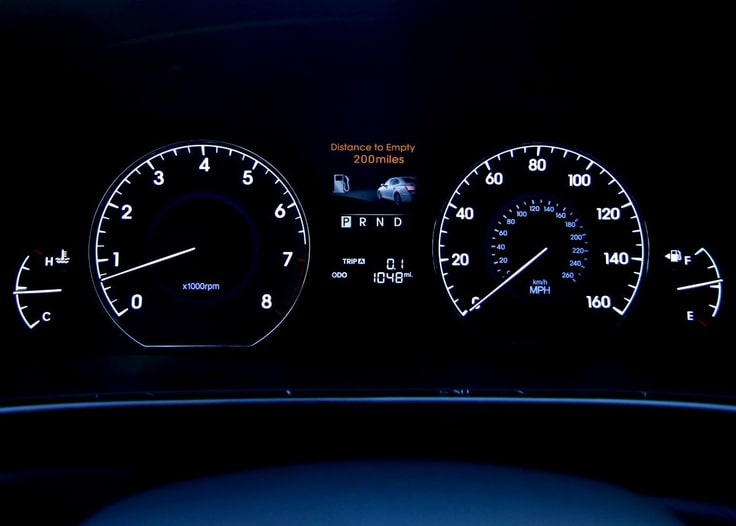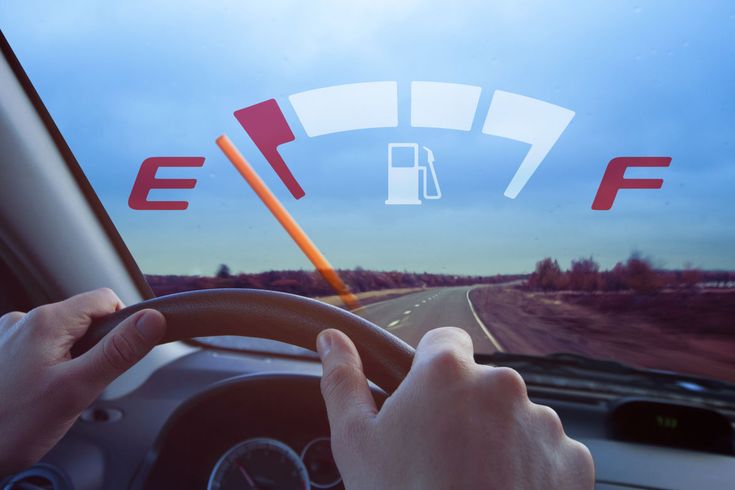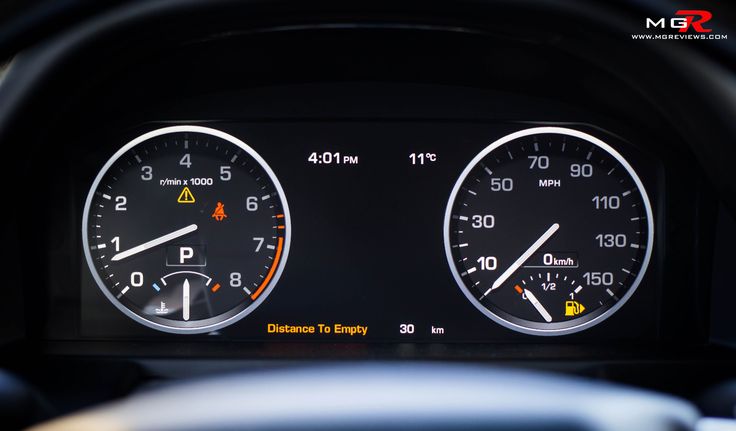How much farther can I really drive once my fuel level is low? And is my gas tank really empty when my low fuel reminder comes on? You may question yourself. Don’t worry! All these data will be shown through an indicator: DTE. What does DTE mean in a car? Is it really accurate? Let’s find out with Car From Japan!
Contents
What Does DTE Mean In A Car?
DTE or you can also call that “distance to empty” – What does DTE stand for in a car? As its name suggests DTE meaning is an indicator that estimates the distance a car can travel with the amount of fuel left in its gas tank. The length of the remaining distance corresponds to how far you can drive before you have to stop to fill up. This indicator will appear on the screen as a small car icon, text, dot, or arrow. You probably already know that your vehicle warns you when it’s time to fill up with gas. But did you know that it may also be able to tell you how much further you can drive once your little fuel reminder comes on? It’s also the main function of DTE.
When your fuel starts to run low, you will notice a low fuel level indicator in your instrument cluster and you will hear the alters. For example, you have approximately 35 miles remaining or 1/6 of a tank. If your car is equipped with a “distance to empty” feature. You can find out approximately how far you can drive with the remaining gas in your tank.
>> Read more: KWh Per Mile vs MPG in EVs and Gasoline Vehicles

What Is DTE Calculation?
If your car doesn’t have the DTE calculation, the best way you can guess how long you can drive until the fuel tank is empty? is to compare your gas mileage figures to the amount currently in your gas tank. And we must say, this estimate can not be exact because it doesn’t take into account other factors like driving conditions, the road, and the load. So how the DTE calculation works? DTE calculation aggregates the different data to give a more exact estimate number about the distance you have left until your car is out of fuel.
Specifically, DTE is calculated by dividing the amount of remaining fuel by the average MPG. That means when you know the MPG, you can know how many miles you will drive with that amount of fuel. DTE calculation depends on many factors: your driving style and the quality of your fuel.
Driving styles can affect your DTE calculation. In some ideal situations, If you do a lot of highway driving. A DTE warning may give you an earlier alter of up to 80 miles of remaining fuel before you reach the empty condition. And if you are towing a trailer or idling for extended periods of time. Your DTE features may warn you at 35 miles or less. So we can see that the distance to empty varies based on your current fuel economy. You may notice different distances displayed each time you refill the gas tank.
Keep in mind, that the system will automatically reset itself after you refuel. So your needle should point to F or full when you turn the ignition on again after refueling. However, If you parked on an incline or if your gas station nozzle shuts off before your tank is full, the needle may not return to the F position.
How Accurate Is DTE?
Generally speaking, the DTE system is quite exactly when providing you with a rough estimation of the distance you can drive. However, in most DTE systems, this estimate doesn’t take into account factors such as weather, traffic conditions, driving conditions, and a number of other external factors that may affect MPG. It can be the reason make DTE not be accurate in some situations. When you go downhill, it will increase the DTE while you are stuck in traffic, distance to empty will decrease. To be on the safe side, don’t assume your DTE measurement is correct. If your dashboard shows you have 20 miles left, it’s safe to say you just have 16-18 miles.
Simply understand that the DTE counter will use the previous data to provide you with an estimation of distance. And it can’t change or update itself in real-time. The result is that you will realize the data is not exact at that time. The DTE system will reset automatically after a certain distance passes. Your dash will show the past numbers.
We recommend that If you are going to be a long distance or different kinds of driving styles. To make sure of the safety, you should stop the car and fill up the gas. When you have at least half of the gas tank so you never have to risk running out of fuel. Besides, the way to calculate DTE will vary for different car models. This is also a reason for the significant variations in DTE calculation.
How Many Miles Can You Drive With An Empty Tank?

When the fuel indicator light turns on, every driver understands that the amount of fuel left in the tank is very little. But how much is it and how far can the car go? This is extremely important, especially when the car is in traffic, on the highway, or in a remote area, and it is far from the gas station. Many drivers have a habit of taking a “risky” when the warning light is on. Normally, when the fuel needle is close to E, the user has to actively refuel. But maybe due to busy work or for some reason you can’t pour. The question is: How far can you drive when your tank is empty?
There is no universal standard, but with most cars, the gas light will come on when the fuel in the tank is about 10-15% left. That number is equivalent to your car will run the extra about 10-50 miles.
>> Related post: How Many Miles Can You Drive on Empty Fuel Tank?
Wrapping Up: What Does DTE Mean In A Car?
The fact that fuel indicator light comes on when the car is still far from the destination, or in a strange place. It will create a feeling of insecurity for the driver. When you do not know exactly how far you will drive until your car run out of gas. With increasingly modern technology, automakers have been equipped with the “distance to empty” feature to help drivers more conveniently during driving. Although these estimates are not completely accurate, it does give an overview to help drivers refuel in time. Hopefully, after reading the article, you will have an answer to the question: What does DTE stand for?



